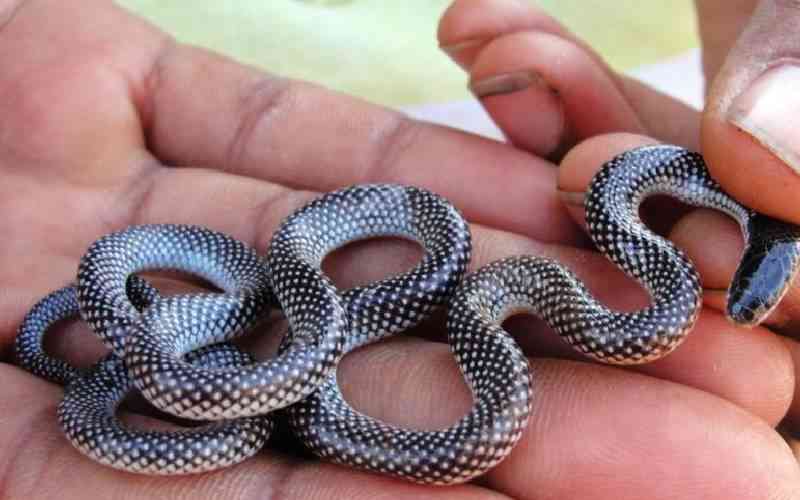×
The Standard e-Paper
Kenya’s Boldest Voice

In a rare turn of events, scientists have classified a new family of snakes. Just three known species belong to the newly identified Micrelapidae family.
Scientists say these reptiles are thought to have slithered off the snake evolutionary tree 50 million years ago.